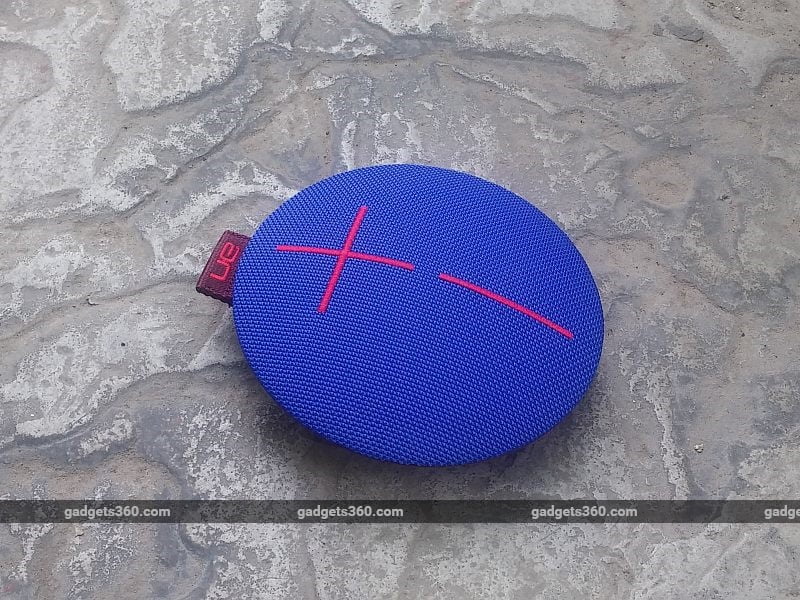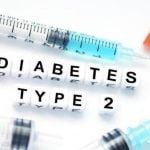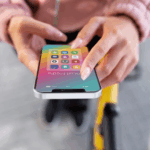
Cambridge resident Dedalo Sousa has an IV antibiotic treatment in his home.
CAMBRIDGE, Mass. — Dedalo Sousa, an 85-year-old with type 2 diabetes, has seen the inside of a hospital more times than he can remember.
He has a regular doctor. But sometimes, “when he gets scary things, we don’t want to wait for his doctor visit,” said Sousa’s wife, Emilia Torres.
Once it was a cyst on his back. Another time, Torres said, he had something like heartburn.
Torres admitted that the her husband’s emergency room visits are often for “minor things.” She added, however, “I panic when he gets sick.”
That impulse — combined with the fact that health problems crop up outside of office hours, or that even daytime problems can present a transportation challenge — drive many older patients to turn to 911 for help. And laws in many places, including Massachusetts, are very clear: A 911 call means a trip to the hospital.
But hospitals and insurers have begun trying to change that story by changing how emergency medicine is delivered. The idea is, instead of transporting patients to the hospital, emergency medical technicians respond to their needs in their own home. Many patient needs — for instance, slightly elevated blood pressure, a dip in blood sugar — are simple enough to not need a trip to the hospital. Avoiding hospitals saves insurers money, is easier on patients, and reduces the risk of hospital-acquired infections.
It’s called mobile integrated health; currently, more than 100 such programs exist nationwide. In Massachusetts, a number of pilot programs in mobile integrated health have sprouted up in recent years. The Department of Public Health has waived certain rules governing EMS providers for two Boston-area pilot programs.

One such program was started in 2014 by nonprofit Commonwealth Care Alliance. Its participants are so-called “dual eligible” individuals — residents who qualify for both Medicaid and Medicare. This group tends to have multiple complex health issues, often including behavioral health conditions.
They also make up a disproportionate share of health care spending. According to a 2016 MedPAC report, while dual-eligible beneficiaries account for 18 percent of beneficiaries with traditional Medicare coverage, they accounted for 31 percent of spending in 2012. This is due, at least in part, to frequent ER visits.
But avoiding emergency rooms can be trickier than it seems. In evenings when doctors are gone and clinics are closed, a 911 call is some patients’ best bet for medical attention. And Massachusetts law — and similar ones in many other places — dictates that when a person calls 911, the ambulance that responds must transport them to a hospital, regardless of the seriousness of their health needs.
Pilot mobile health projects take a different tack. In the case of the program run by CCA, participants enroll by signing up online or through their doctors. Instead of 911, those participants are given another number on a refrigerator magnet to call if they have a medical emergency between 6 p.m. and 1 a.m., the state rules for their hours of operation.
A nurse practitioner answers the phone and assesses the patient’s condition, and contacts EasCare Ambulance Service, which contracts with the organization.
A patient calling during the program’s hours of operation will usually have a paramedic at the door within an hour. Calls at other times are queued for that evening’s shift.
Once at a patient’s home, the visit proceeds much like a home health care visit — vitals are taken and symptoms are noted. The EMT then relays this information to a doctor over the phone, before beginning treatment such as running an IV, administering medication, or taking tests.
Because the modified ambulances don’t carry stretchers, if the EMTs determine a patient needs to go to the hospital, they call for a regular ambulance.
But generally, that isn’t needed. According to a survey CCA conducted of 275 patients who received mobile care through July 2017, 84 percent avoided any emergency room visits during that time.
According to a CCA-coauthored 2016 report, those avoided visits amount to about $800 to $3,600 in savings per patient, relative to what it would have cost if the patient received the same treatment in a hospital emergency department.

Still, despite the growing enthusiasm of insurers for mobile integrated health programs, their overall efficacy hasn’t been thoroughly studied.
“We’re able to anecdotally note that there is a benefit, but we need to measure how beneficial these programs really are,” said Dr. Stephen Dorner, an emergency medicine physician at Massachusetts General Hospital who co-authored a 2016 journal article on mobile integrated health programs. Dorner also serves as a consultant to CCA.
He and his co-authors pointed out that while mobile health programs are sprouting up across the country, “their performance has rarely been rigorously evaluated.”
CCA’s program is a good example, he said.
“We know that it saved money when people avoided going to the hospital,” Dorner added. “But we’re talking about avoiding something that it’s hard to predict in the first place. There hasn’t been a full-scale, retrospective analysis.”
Currently, CCA’s mobile integrated health service is only available to participants in the Boston area; it hopes to extend its coverage to 28 southeastern Massachusetts cities and towns in the first half of 2018.
But the state would have to change the program’s waiver to allow, among other things, emergency medical technicians to perform some of the duties of paramedics.
“We’re not allowed to do that yet, but we want to, so we can help people more,” said Ron Quaranto, chief operating officer of Cataldo Ambulance Service. Cataldo operates its own mobile health program, called SmartCare Community Paramedics. The program, also created under a DPH waiver, serves Beth Israel Deaconess Medical Center patients with severe health problems that put them at high risk for repeated hospitalizations.
“At least we can continue the pilot program,” Quaranto added. “But we’d like the state to extend the special project waiver.”
For now, they’ll have to wait, said Ann Scales, spokesperson for Massachusetts Department of Public Health Commissioner Monica Bharel. The current state budget does not provide funding for mobile integrated health pilots to become permanent.
“Until the necessary program startup and operating costs are appropriated, the Department of Public Health cannot promulgate the Mobile Integrated Health regulations and implement the program,” she said.
For his part, Sousa is glad he can be treated in his own home.
“He’s a gentleman who will not go to the hospital,” explained Torres, his wife.
“No, no, no,” laughed Sousa, sitting in his recliner, answering freely, with a smile that said he didn’t entirely disagree.
[“Source-statnews”]









